Cross-campus learning builds confidence and respect
A recent article by EducationHQ demonstrates how students are leading the way at Caulfield Grammar School, with a cross-campus approach to student-led learning. Read the article below.

Taking advantage of its multi-campus structure, Caulfield Grammar School is providing opportunities for students to share their passions and their leadership skills by showcasing different activities with younger students.
Caulfield Grammar is an ELC–Year 12 school, so students move through a learning journey over their time at the school and build on their skills as they progress, according to June Evans-Caulfield, Head of Teaching and Learning IB Middle Years Programme (MYP) at the Caulfield Campus.
“Our students are taught to recognise the ownership of their work, which starts in the junior years and is further developed and practised throughout the middle years and right through the senior years. A part of this is engaging with each other in ways that help us grow and care for others,” Ms Evans-Caulfield said.
Being multi-campus, early learning to Year 12 and co-educational, allows for “vast and diverse” breadth and depth in learning opportunities, according to Jacinta Crimmins, Head of Teaching and Learning IB Primary Years Programme (PYP) at the Malvern Campus.
She said meaningful cross-campus interactions, from subject-specific camps to cross-campus concerts and theatre productions were actively promoted.
This year has seen Year 12 students from the Caulfield campus visit Year 5 and 6 Maths Club students to share their knowledge; Year 5 students workshop creative writing with Year 2 students; and Year 9 students share their Community Projects with other year levels through speeches and presentations.
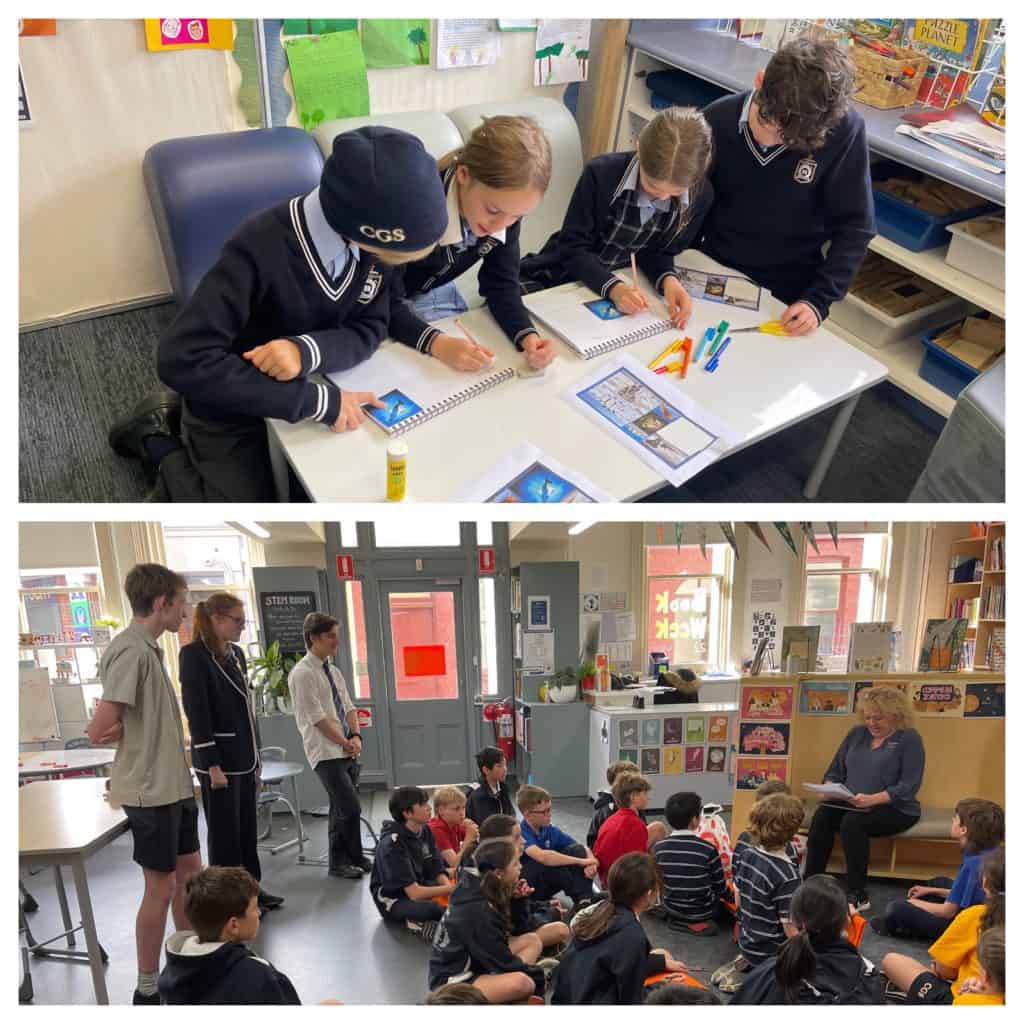
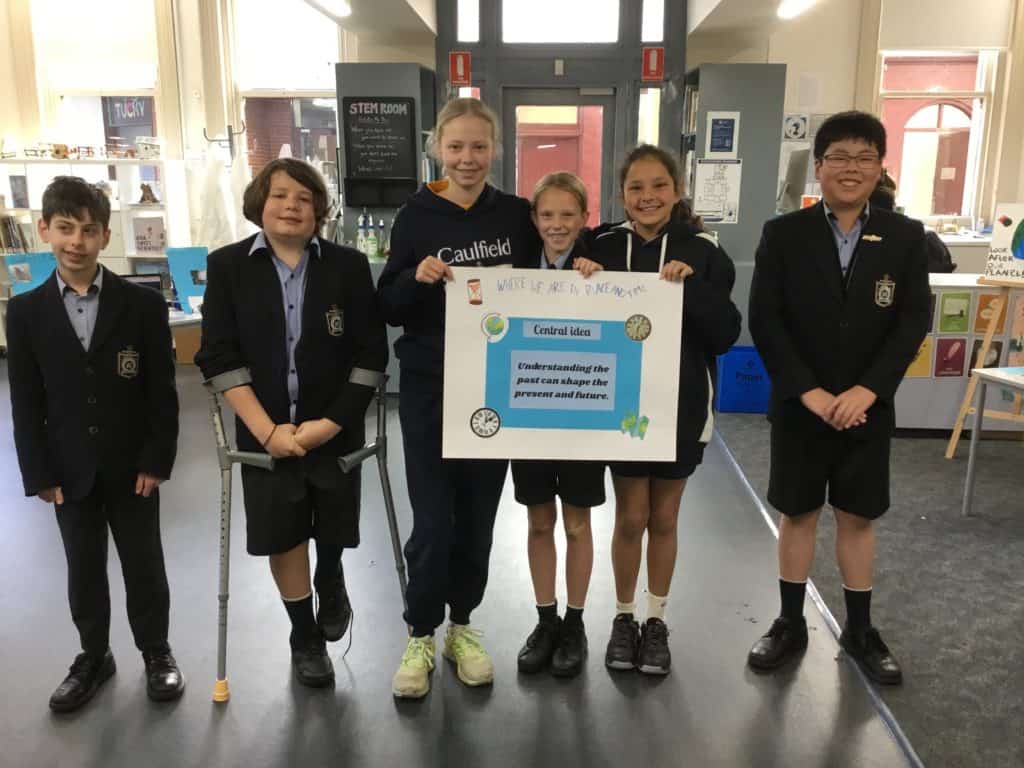
Senior students have even run presentations for staff professional learning sessions.
Throughout these opportunities, students are given the chance to develop their agency and make connections across year levels.
“We believe peer learning in a supportive atmosphere makes children feel nurtured, respected and valued. It’s such a great way of building relationships and confidence across year levels and our more senior students are learning to role model, to lead, and to understand,” Ms Crimmins explained.
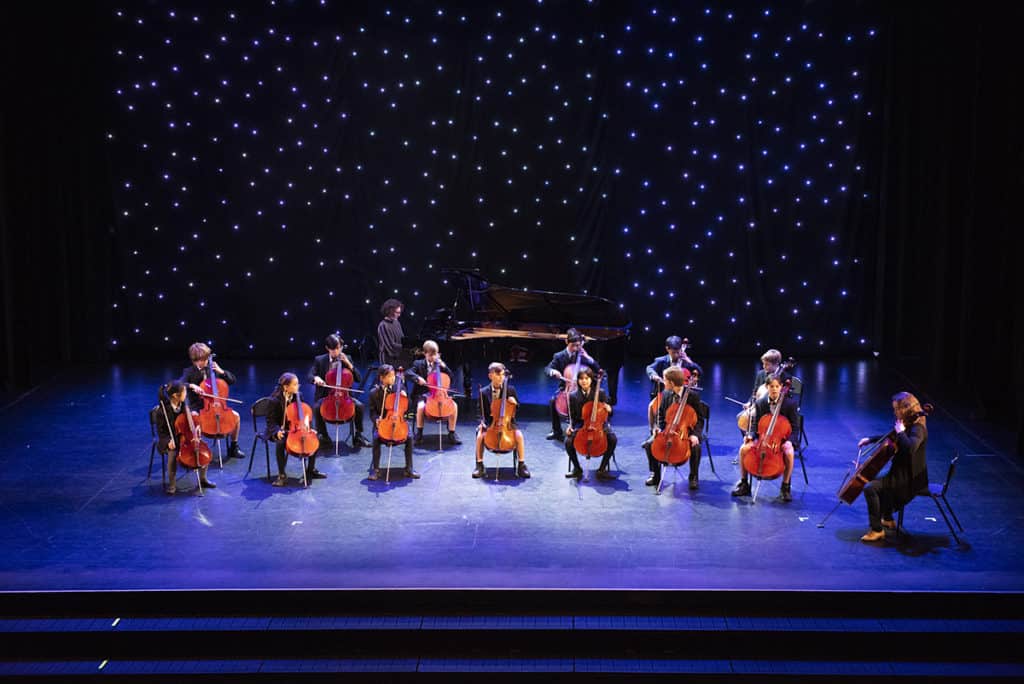

One example of student-led learning is the Year 9 Community Project.
Ms Evans-Caulfield said students conduct a project over the whole year, following their own special interest or passion. Each project should serve the community in some way.
Teachers are part of the process, she explained, insofar as they guide students in changing their thinking “from me to we” to develop their awareness of the needs of the various communities around them.
“Student-led inquiry like this fosters international mindedness and student agency by empowering students to be active agents in their own learning experiences,” Ms Evans-Caulfield said.
“Teachers ensure there is a base-level of knowledge and skills in place, but it is through students making informed decisions and taking ownership over their learning that true understanding then develops. Children need to have voice and choice as early as possible to build confidence over time.”
The community projects take various forms.
There was Lola’s project, which gathered donations to create chemotherapy care packs for cancer patients at Cabrini Health.
Another donation project took place earlier in the year, when students Alex, Ben, Angus, Luka and Matt ran a cross-campus donation drive that saw more than 300 items, including stationery, games, goggles and sporting goods, donated to Noble Park English Language School.
Angus was inspired to help the school by his mother’s experience of learning English when she migrated to Australia. And just a few months ago, Year 9 student Alexi visited the early learning students at the Malvern campus to share his passion for beekeeping. He spoke to his younger peers about bees’ importance to the global food chain, and his talk inspired the kids to plant more flowers around the campus to encourage more bees. Alexi promised to be back with some honey from his beehive later in the year.
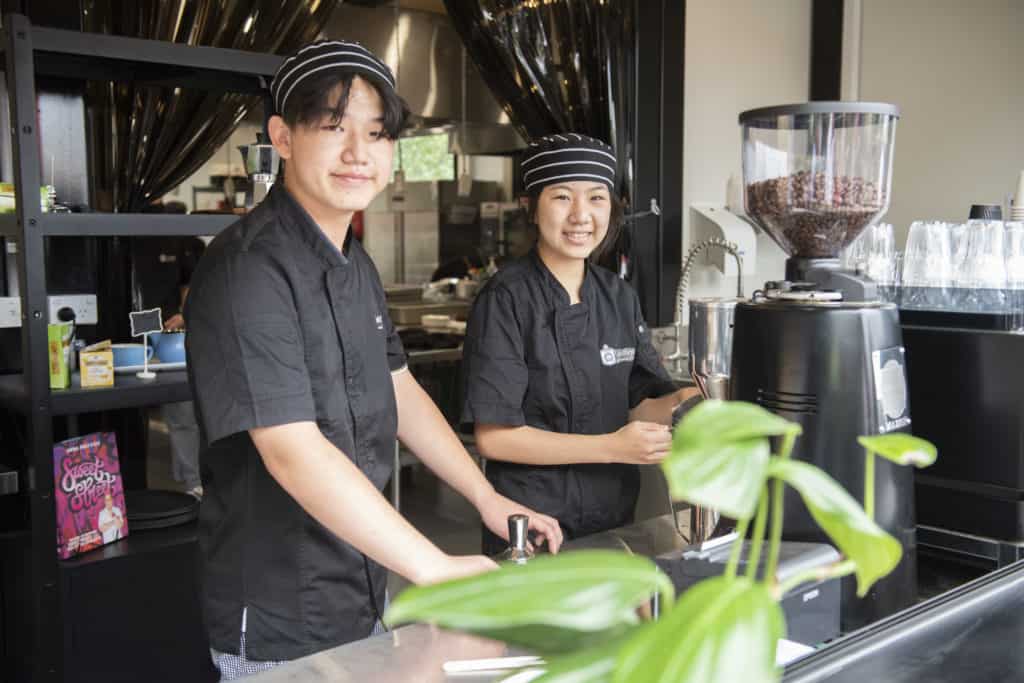
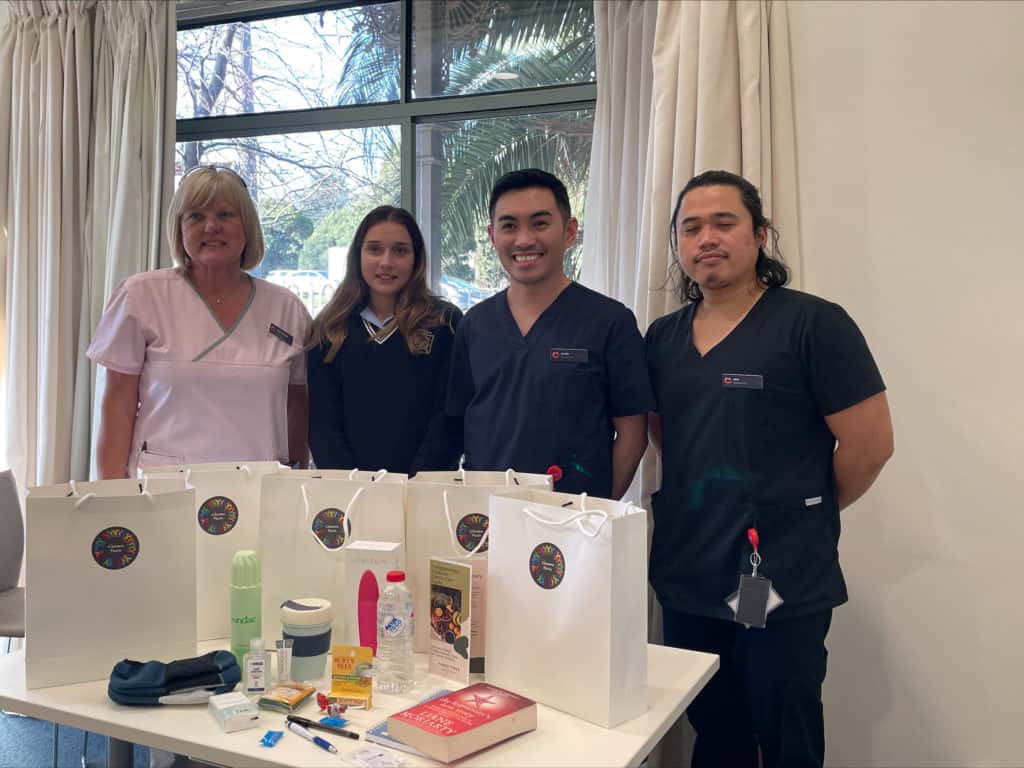

For older students, Ms Evans-Caulfield said student-led learning is empowering.
“It teaches them responsibility and empowers them as learners and leaders of others. They get to express themselves in ways that allow them to action a student-led passion and service for others within our community. It is authentic, real and enduring for them and those around them.”
Meanwhile, younger students develop their confidence and respect and trust in their leaders, Ms Crimmins said.
“This in turn inspires a desire to take action, to follow in their footsteps, and makes the transition from Junior School to Secondary School that much easier.”
She said the younger students are always excited to work with their senior peers.
“They feel important, and seen, and it gives them a sense of pride as they know this will be them in years to come. The support they give each other knowing they are all a part of Caulfield Grammar School really builds the sense of community.”
Ms Evans-Caulfield agreed: “Our community thrives because it is connected.”

